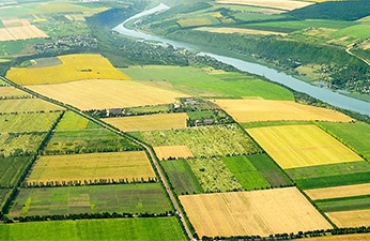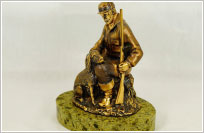Bronze BrOF10-1
- NON-FERROUS METALS
- General information
- About us
- Rolled BRONZE
- Rolled bronze
- Bronze powder
- Bronze powder BPO
- Bronze powder BOD
- Rolled bronze
- Bronze ribbon BrB2
- Bronze pipes
- Pipe bronze BrAZHN 10-4-4
- Bronze pipes BrAZhMts 10-3-1,5
- Bronze foil
- Bronze rods
- Bronze circles BrAMts 9-2
- Bronze Circle BrAZhMts10-3-1,5
- Bronze Circle Braze 9-4
- Bronze wire rods BrOTsS 5-5-5
- Bronze bars BrOF10-1
- Bronze rodBraZH 10-3
- Bronze sheets
- Bronze sheet BrH1
- Bronze sheet BrH1Tsr
- Bronze sheet BrH0,8Sh
- Bronze sheet BrH0,8T
- Bronze plate BrB
- Bronze strip BrB2
- Bronze wire BrAZh10-1,5
- Hexagonal bronze BRaZH 9-4
- Aluminum bronze ingots
- Aluminum bronze ingots
- Bronze BrAZH 9-4
- Bronze BrAZhMts 10-3-1,5
- Beryllium bronze BrB2
- Bronze BrAMts 9-2
- BROF Bronze 7-0,2
- Bronze BrOF10-1
- Bronze for monuments
- Silicon bronze
- Tin bronze OCS
- Bronze BrOTsS 5-5-5
- Bronze castings
- Chromium bronze BrH
Bronze BrOF10-1
There are several classifications of bronzes. Most in the classification is based on the type of main alloying elements - there are aluminum, chromium, manganese bronze, etc. Also bronze can be roughly divided into tin bronze and Tinless.
By the method of further processing one bronze attributed to the deformable technological properties which enable the production of rolled and forging and casting.
Bronze BrOF10-1 relates to the casting of bronze and tin is produced according to GOST 613 and GOST 614.
Chemical composition: tin - 9.11% phosphorus - 0.4-1.1%, impurities not exceeding 0.9%, copper - the rest. Thermal conductivity - 49 W / m * K, melting temperature - 934 deg density -. 8.76 g / cm3, a resistivity> mO * 19 m, the casting temperature - 1150 deg.
Bronze Bar (ingot) - a semi-finished product, which is usually not the final production of the product. Bronze BrOF10-1 ingots produced by casting in the form of small plates with pinches to facilitate separation of smaller fragments. In the future, pig used for remelting.
Tin-phosphor bronze casting BrOF10-1 has high mechanical, corrosion, casting, and anti-friction properties. Its use ensures reliability and durability, which makes a wide range of capabilities in the application:
1. Bearing alloys (in particular - monometallic bearings and plain bearings and bushings and liners).
2. Wheels worm gears.
3. Spindle and push nuts.
4. Units valve friction.
5. Highload parts in screw drives.
6. Production of anti-friction materials.
According to GOST 614 produced commodity BrOF10-1 bronze ingot size 570h120h60 mm, weighing 28-30 kg.
|
|
|
|
|
|
|
|
|
|
|
|
|
|
|
|














